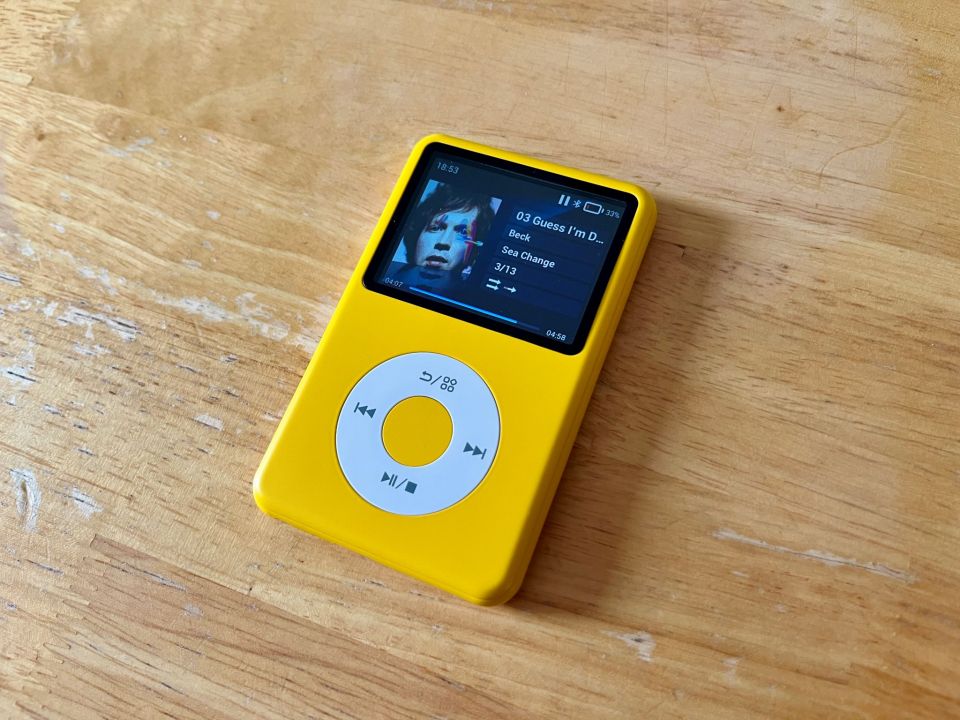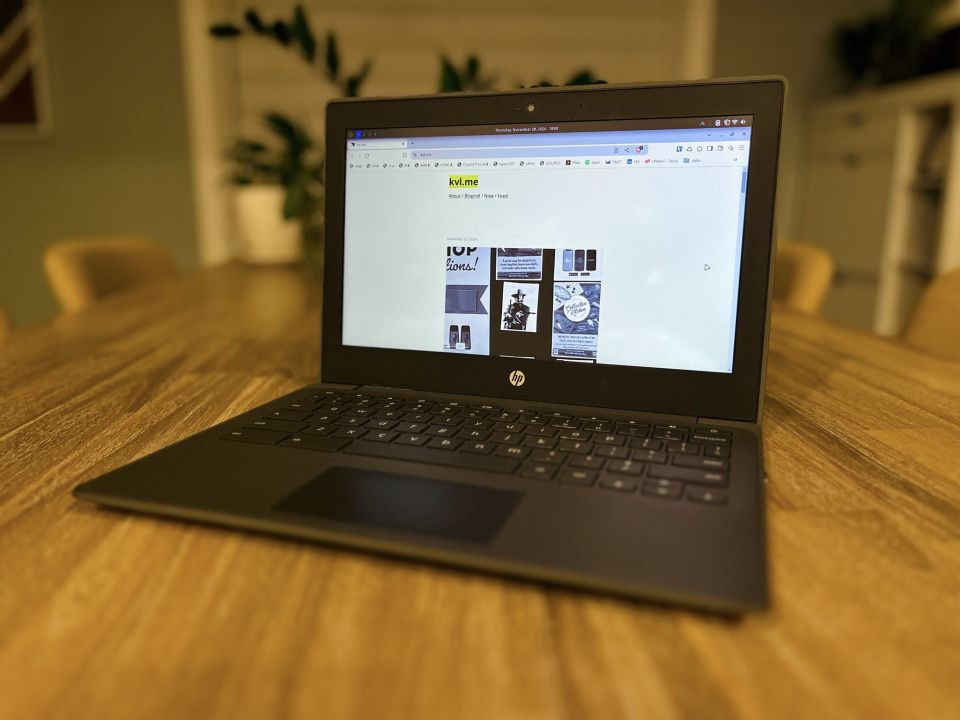innioasis Y1 - Review

TL;DR— at $50, this digital audio player is good value. Sure, there are a few frustrating things, but for $50 you just look past them. There are many crappy devices out there at the same price point (or that cost more); this DAP gets most things right for the price.
In an attempt to remove my iPhone from my hand for a portion of my day, I picked up a Y1 for $50 online to see if I could revive my MP3 collection and focused music listening.
I read many of the reviews on Reddit regarding this device, and watched what YouTube videos I could find. I found most reviews were either unnecessarily long, or too shallow to be useful. Having used this device for a week now I figured I'd share my thoughts in a review I wish I had of found.
Size:Â This is closer to an iPhone Nano in size than a Classic. Given I have larger hands, I would have preferred the latter. I would have like a little weight to the Y1, but I'm not complaining either because throwing this in my pocket or bag adds no weight at all.
Screen:Â The screen was scratched the moment it went into my pocket the first time. Given I'm not using the device to watch videos, I don't really care. With that said, the screen certainly is plastic and has a significant amount of give to it.
Speaker:Â Not why I bought the device, but the internal speaker is a nice feature. There are times when I don't want to have headphones on but I still want to listen to something; I've used the speaker more than I thought I would this first week.
Storage:Â I'm only at 50% of the capacity of the built in storage, but it's nice to know that the unit can easily be opened up and the SD card swapped for something larger.
Bluetooth:Â There's something about the Bluetooth setting that isn't jiving. Perhaps it's because I used too many different devices within a given day, but connecting and reconnecting to established devices always takes longer than it should and it isn't clear how to best make it consistently happen. Additionally, the Bluetooth settings screen doesn't scroll, so I'm having to delete devices to be able to see other already listed devices. A quirk, but at $50 I won't hold this against it.
UI: It's noted elsewhere but I will say it here again— the UI is the biggest shortcoming of this device. With a couple of minor tweaks to how the files are organized & sorted, and how the information displays on the Now Playing screen, this device would be top notch. If you're not using this as a 100% shuffle device, and if you don't know the names of the specific albums you're looking for then the ideal way to select music is to use the file navigation to locate the artist and album you're looking for— Music > Folders > Music
In the end, this device is worth the $50 I paid for it. With a SD card upgrade in the future, I'm still at less than $100 for a device that almost replicates the iPod Classic experience of my past. While at the gym, I'm much more efficient and focused without my phone to distract. Given that I have this on me all day every day, I'm listening to more music than I did before. We share a single Spotify account in my family, which has its time and place, but it's nice knowing that I won't be kicked off the Y1 when I'm deep into one of my favourite albums.
